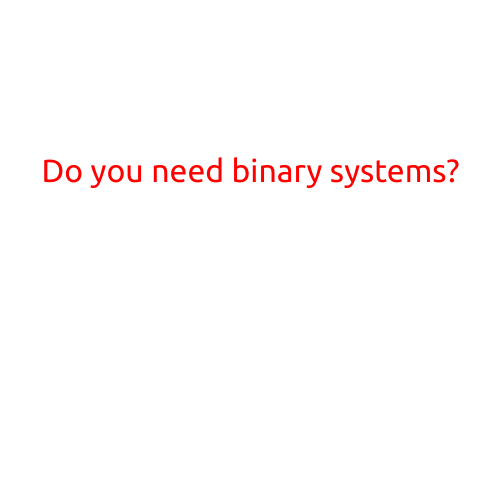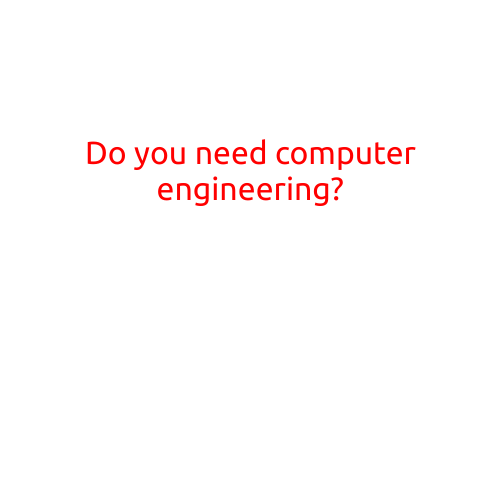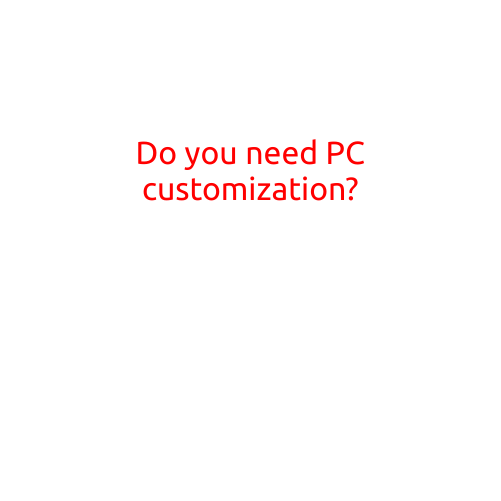
Do You Need USB Technology?
In today’s digital age, it’s easy to get bogged down in the latest technology trends and advancements. One such trend is the widespread use of USB (Universal Serial Bus) technology. With its ability to connect devices and transfer data, USB has become a staple in many of our daily lives. But do you really need USB technology?
What is USB Technology?
For those who may be unfamiliar, USB technology is a standard interface that allows devices to connect and communicate with each other. It was introduced in the 1990s and has since become the de facto standard for connecting devices, including computers, smartphones, cameras, and more.
What Can You Do with USB Technology?
USB technology offers a range of benefits, including:
- Data Transfer: USB allows you to transfer files from one device to another, making it easy to move data between your computer, phone, and other devices.
- Power Supply: USB ports can also provide power to devices, such as charging your phone or tablet.
- Device Control: USB technology enables you to control devices, such as printers, scanners, and keyboards.
- Peripheral Connectivity: With USB technology, you can connect a wide range of peripherals, including mice, headphones, and game controllers.
Do You Really Need USB Technology?
So, do you really need USB technology? The answer depends on your needs and lifestyle. If you:
- Frequently transfer data between devices
- Need to charge multiple devices at once
- Use peripherals, such as printers or scanners
- Want to connect devices, such as cameras or speakers
Then, USB technology is likely something you need.
Alternatives to USB Technology
So, what if you don’t need USB technology? There are alternatives available, including:
- Wireless Technology: Many devices, including keyboards, mice, and headphones, can now connect wirelessly using Bluetooth or other technologies.
- Alternative Ports: If you don’t need USB ports, you may be able to use alternative ports, such as HDMI, Thunderbolt, or USB-C.
- Cloud Storage: If you don’t need to transfer large files, you may be able to rely on cloud storage services, such as Google Drive or Dropbox.
Conclusion
USB technology has revolutionized the way we connect and interact with devices. While it’s not necessary for everyone, it’s a valuable tool that can simplify your life and make it easier to transfer data and connect devices. Whether you need USB technology or not, there are alternatives available to suit your needs.





